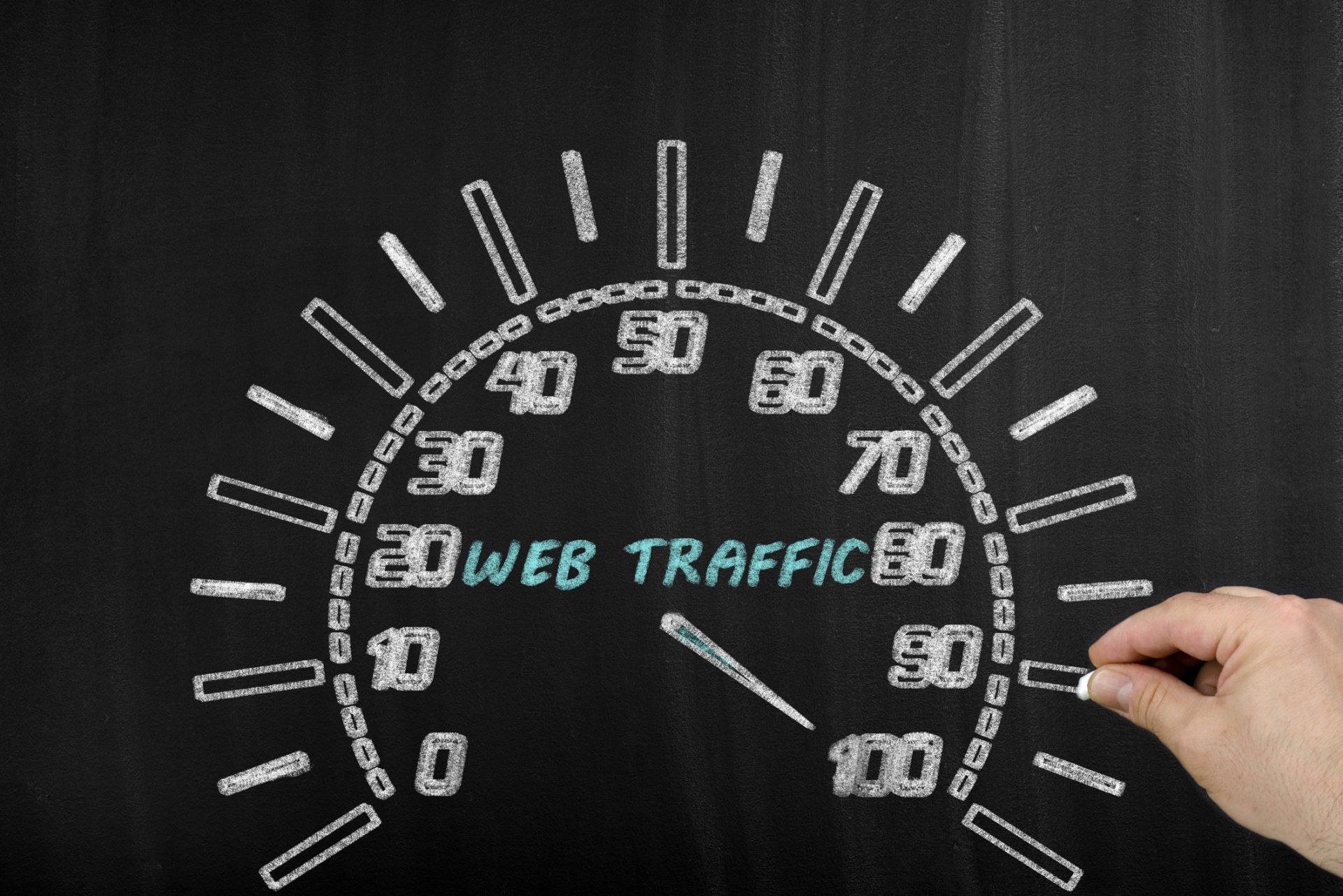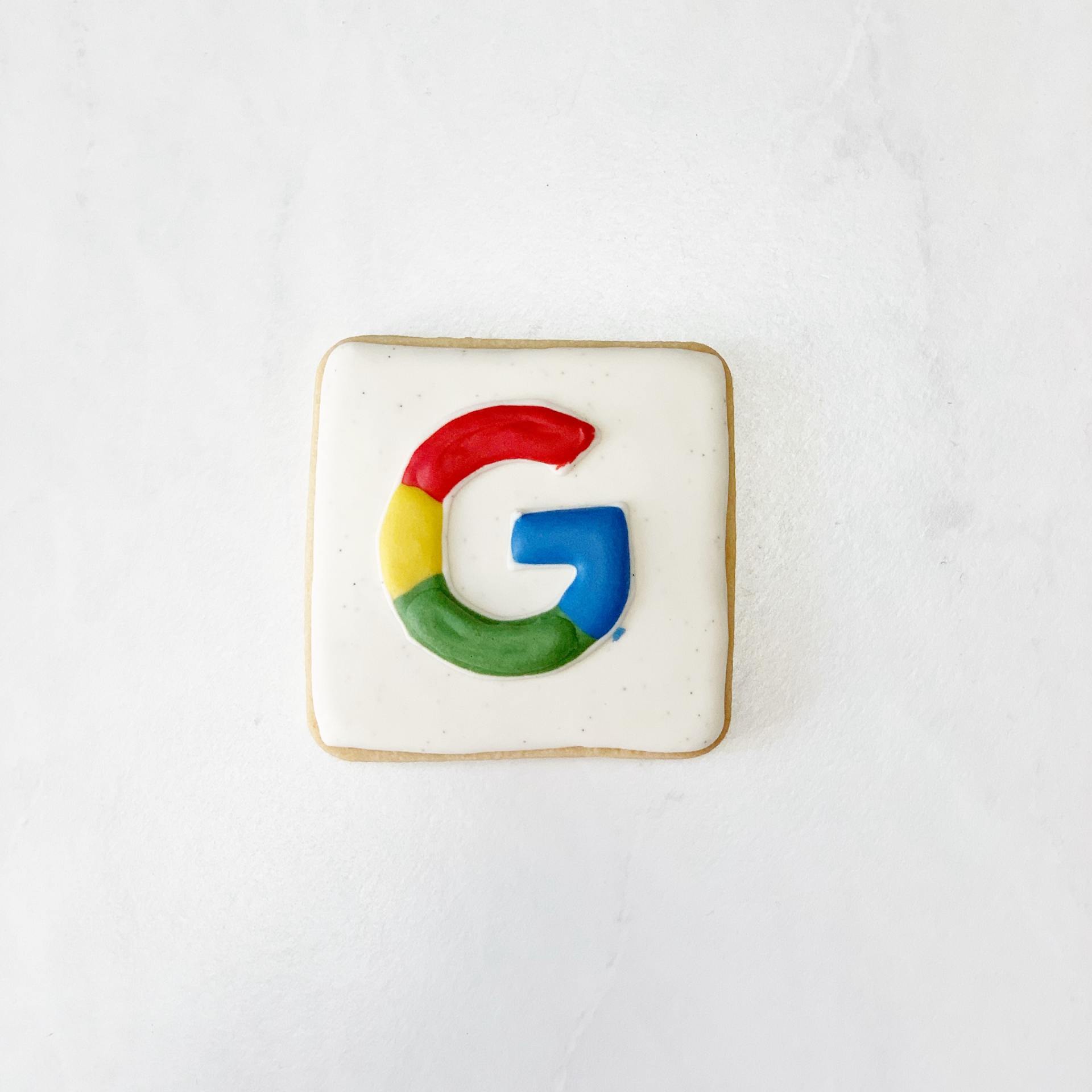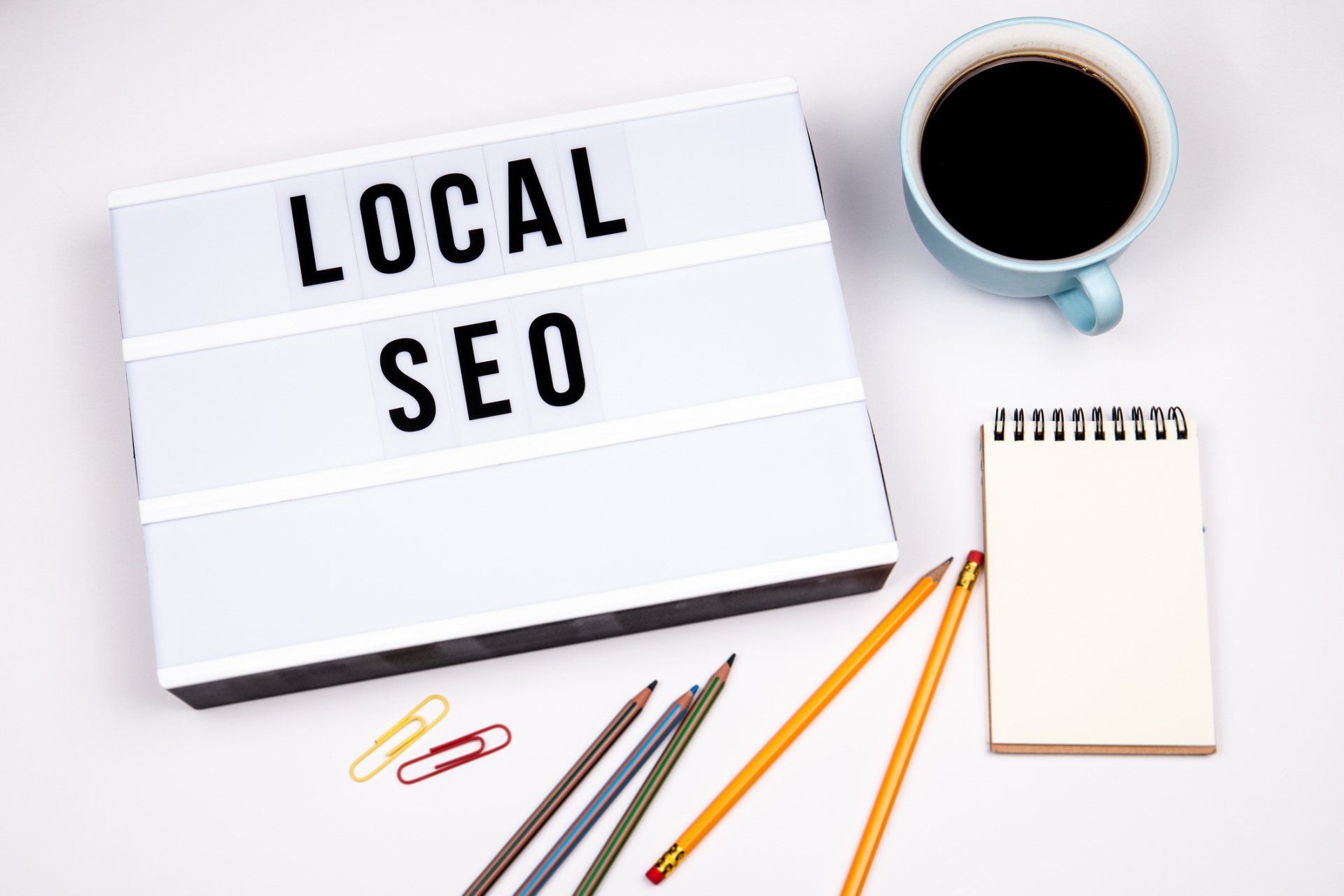11 essential tips for local SEO
If you run a small, local independent business, you might wonder how you will ever appear in Google searches, when you are up against the biggest names in your industry.
The answer is good local SEO.
While SEO generally is about appearing in searches anywhere in the country or the world, local SEO is about appearing in searches in your own local area. It is a way for your business to compete more effectively with big brands and their big advertising budgets.
You may be surprised to discover that 46% of Google searches are for local information. So local SEO (search engine optimisation) is essential for small businesses, particularly for those who have a bricks and mortar presence. It means local people looking for small suppliers, coffee shops, hairdressers or anything else can find your business.
Nearly nine out of 10 people search for a local company on their smartphone at least once a week. From that search, 72 per cent will visit a business within five miles. Without good local SEO, those customers would be very unlikely to find your business.
By following local SEO best practice, small businesses can increase organic traffic from searches by local people – and in the process increase footfall and sales.

Follow these tips to improve your local SEO…
Google My Business
Possibly the most important thing you can do for your local SEO is to set up a Google My Business account.
Google My Business is a tool that enables you to manage and optimise your Business Profile on Google. Business Profiles appear on Google Maps and in the local results of searches on Google.
A complete Business Profile offers a snapshot of your business, including its best features, right on the search engine results page (SERP).
Google My Business is a free tool. When you set it up, you personalise it by adding photos, opening hours, contact details, a link to your website and any other essential information for customers.
From there, you can use Google My Business to share updates, respond to reviews and connect with customers on Google, in a similar way to you would on social media.
Through your Google My Business dashboard, you can incorporate keywords into your Business Profile and carry out other optimisations to help it rank in local results.
A complete and accurate Business Profile will rank more highly on searches, so it is important to provide the requested information in every section of your Google My Business dashboard.
The final approach to using Google My Business for SEO is all about the trust component of Google’s algorithm. It is important to have a steady stream of reviews coming in and especially important to respond to them - as both the reviews and your responses appear on the Business Profile.
Make sure Google knows that your business is active by regularly uploading photos and publishing posts to your Business Profile through Google My Business.
If you’ve already got a Google My Business account, spend some time working through these steps to check that you have included all of the essential information and it is all accurate and up to date.
Name, address and phone number
It might seem obvious, but for local SEO to work, you must ensure you include your name, address and phone number (this is sometimes abbreviated to NAP) on your website. The most common place for these is in the footer of your site, as well as on your ‘Contact us’ page.
Make your phone numbers clickable, so that potential customers can call you direct from your website, rather than having to come out of your site and try to remember your phone number before entering it manually.
It is especially important that your name, address and phone number are consistent across the pages of your website, as well as on Google My Business, social media and anywhere else your business appears.
Add location pages
If your small business has a number of locations, make sure each of your sites has its own location page on your website. These should include the NAP for all of them and opening times, as well as any photos and reviews which mark a location out as unique from your other locations.
Add a map
What better way to help people find your location than to add a map to your website? With 86% of people looking up the location of a business on Google Maps, a map is essential for any small local business.
Use social media
Set up two or three social media accounts, which are the most relevant to the audience you are trying to reach – this could be Facebook, Instagram, Twitter, TikTok or YouTube.
Use social media to promote your brand and your products, but also use it to engage with customers and the local community. Not only will social media make you more visible to potential customers, it will also provide search engines with more information about your business and help boost your ranking.
Make sure you answer social media queries quickly and in a friendly manner to help build up your reputation as company which is nice to do business with.
Keep your information consistent across all of the platforms you use.
Regular updates
People are always interested in what a small, local business has been up to. It helps them connect with your business and helps them decide if it can meet their needs.
Regular updates could include an online portfolio of recent work on your website, as well as before and after photos if relevant – whether you are a builder or a hairdresser or something else.
Create local content
Blogging is essential to SEO, and local SEO is no exception. Use your blog to link in with local events or charities, covering them from the perspective of a local business owner.
Make sure to include all of the relevant geographical areas in the post eg Gloucestershire, Cheltenham and Cotswolds. If you run a very localised business, you should also include the neighbourhood name eg Charlton Kings or Bishops Cleeve and any unofficial local place names people use, such as ‘Tommies’ for Sir Thomas Rich’s School.
Always aim to make your content unique, so that when people search for it, your site is the only one which is offering what they are looking for.
It is also important to use dated content on your blog – so that Google understands the content is recent. You can update old posts with new information and give them a new date.
Be part of the local community
Go one step further from local blogging and boost your SEO by making sure your business is a real part of the local community.
The more you participate in the local community – from supporting local charities to holding a volunteer day, sponsoring local events or providing the kit for a children’s football team – the more digital PR your company will get.
Having your logo appear on materials for an event or children’s football shirts is a great way of increasing visibility, but it also increases your potential for appearing in the local media and on the website and social media of other organisations. All of these actions help to bring traffic to your own website and social media – as well as footfall to your bricks and mortar store.
Reviews from happy customers
Positive reviews are essential for local businesses. They will boost your presence on Google My Business, but also help encourage other local people to see your business as one which is trustworthy, reliable and worth buying from.
Of course you can wait and hope for reviews, but the best way to get them is to ask for them. You can either ask for them when you complete a sale or send an email afterwards to encourage a customer to write a review. Obviously you should only contact customers you are sure will have good things to say!
Don’t just get a handful of reviews and leave it at that. Acquiring reviews should be an ongoing process, as you want your potential customers to see recent reviews, rather than some from 2017.
There will always be a handful of bad reviews, but mitigate any damage by responding to them in a professional way. Hopefully the large number of positive reviews you get will offset any damage caused by the more negative reviews.
Reviews on your own website, Google My Business, Facebook and sites like Trip Advisor are all positive for your business.
Online business directories
There are thousands of online business directories listing small businesses. They are a great resource for people searching for local businesses, so it is important to be included in any that are relevant for your company – this could be directories specific to your industry (such as Checkatrade.com) or specific to your local area (such as uksmallbusinessdirectory.co.uk or visitcheltenham.com).
Yell.com is perhaps the biggest UK online business directory, covering a huge range of sectors and industries, and the whole of the UK. Potential customers use it to search a particular sort of business and a specific geographical area. Listing is free for businesses.
UK Small Business Directory lists more than 100 local small business directories where you can list the NAP of your business for free. Directory submission increases the online presence of your business and helps increase the authority of your website.
Many local newspapers have an online directory section and allow businesspeople to submit a listing for free.
Perform a local SEO audit
Does your website tick all the boxes for good local SEO, or is there more you could be doing? The best way to be sure is by performing a local SEO audit on your site and other related platforms, such as your social media and Google My Business. You could carry this out yourself or get an external company to do the work for you.
Things to check include:
• Google My Business – how does your company appear on the search engine results page (SERP)? Is the information on Google My Business accurate?
• Competitor audit – take a look at your competitor’s website and social media. Are they doing anything better than you? How are they ranking for the keywords you want to rank for? Try running them through a tool like Ubersuggest.
• Check your review responses – are you responding to all reviews? Responding to negative reviews is even more important than responding to positive ones!
• Review your own content – is your content up to date or does it need updating? Is all of your information accurate and consistent?
• Keyword review – do you include all the relevant keywords for your industry and especially for the local area?
• Audit business directories – double check the information held by all of the local online business directories. Is it accurate and up to date or is there anything missing? Remember – some of this information might not have come directly from you, so it is more likely to be incorrect.
Consumers are relying more than ever on search engines and online reviews to give them the information they need about even the very smallest businesses. Climbing the rankings on a search engine for a local business can be tough, but it’s not impossible.
Take the time to carry out a local SEO audit to see what you are missing and what you can improve on. Produce regular local content and boost your online activities by getting out and about in the community to meet local people and other businesses and build relationships.
By putting the work into your local SEO, you will see results in increased footfall and sales.

More Posts.







